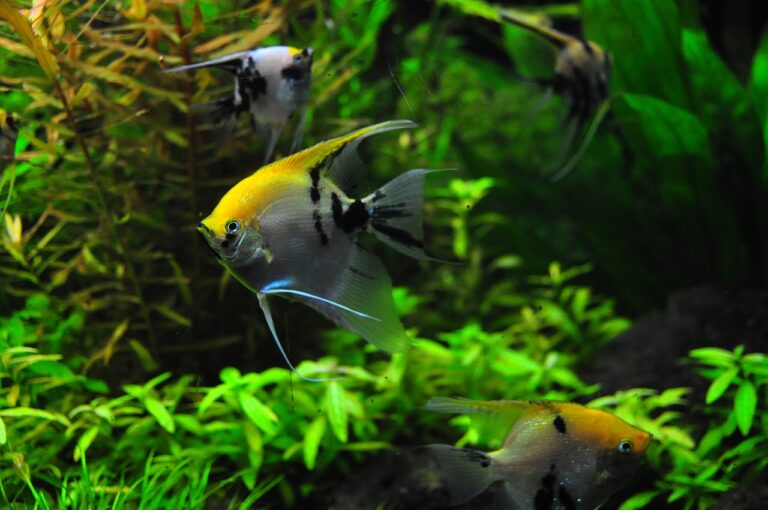
10 Crucial Tips on How to Maintain A Freshwater Fish Tank
How to Create and Maintain a Minimal-Maintenance Aquarium
Engaging with an aquarium community can provide support and friendship. You can share tips, ask questions, and learn from others who enjoy this hobby. When problems arise, having a group to turn to can help you troubleshoot and care for your fish effectively. To keep your aquatic life thriving, make sure you perform regular water changes, typically 25-30% every few weeks, and maintain the right water chemistry. Every one or two weeks, you should clean your fish tank and replace no more than 25% of your tank’s water. Use your gravel siphon to get down into the crevices of your substrate to remove excess waste and other debris.
Beginner-Friendly Freshwater Fish (And 4 That Need Expert Attention)

Purification Techniques: Explore methods to purify water if needed, like filters or boiling
- You can even expect them to occasionally inspect the floating plants at the top of your water column.
- Known for being curious and interactive, they often recognize their caregivers, making feeding time an engaging experience.
- Zebrafish are omnivorous and enjoy a varied diet, including flake food and occasional live or frozen meals.
An aquarium that’s safe for fish will read 0 ppm (parts per million) of ammonia, 0 ppm nitrite, and around 10 ppm of nitrate. Therefore, it’s not recommended to keep fish in an aquarium without a running filter for more than a week and that’s pushing it. Generally, the fish for an aquarium of this size should not be an over-breeder or a fast-grower. A 5-gallon bowl with some live plants would make a good habitat for a single male Betta. Such small volumes of water get polluted by organic waste very quickly and sudden ammonia spikes, deadly for aquatic inhabitants, are often observed. Betta fish, which has a unique organ called the Labyrinth, is one kind of fish that can survive such low-oxygen environments.

Stable water conditions and a balanced diet of flake food, supplemented with occasional live or frozen treats, will support their health and vibrant colors. Beginners will appreciate their easygoing nature and the lively dynamics they introduce to the tank. While they can adapt to a variety of water conditions, maintaining clean and well-oxygenated water will ensure their health and happiness. Their diet should include sinking pellets and occasional live or frozen foods to mimic their natural foraging habits.
How do I monitor salt levels in my aquarium?
These are the least expensive option and work very well for smaller tanks. There are several pieces that all come together when you are trying to select your first aquarium setup. You should also consider how much time you have to devote to the upkeep and cleaning of your tank.